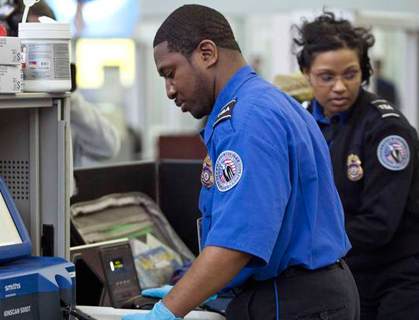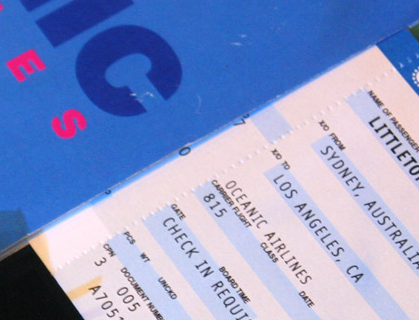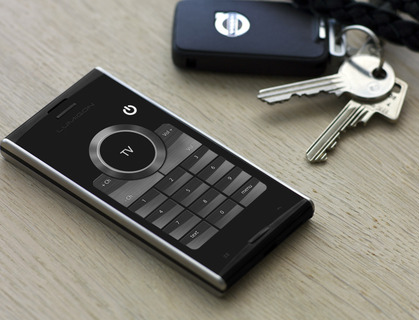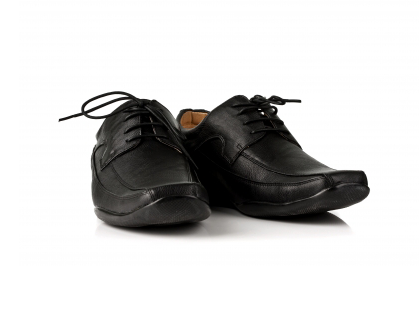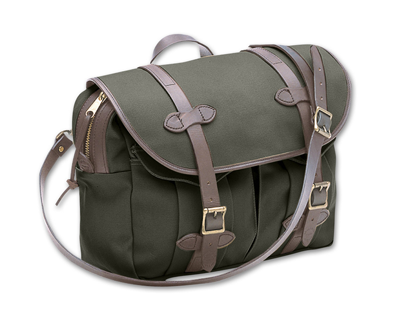Airport Safety & Security Tips
- The Screening Experience
- Dress the Part
- What You Need
- Do I Have to Remove My Shoes?
- Keep Your Experience Simple
- Travel Tips to Make Your Screening Experience Hassle-Free
- Know What to Expect
The Screening Experience
Everyone who travels by air is required to comply with travel security requirements, and that means you must go through airport security checkpoints.
In the U.S.A. these checkpoints are operated by Transportation Security Officers from the Transportation Security Administration.
The checkpoints are there to make sure that terrorists can’t bring anything aboard the plane that would enable them to take it over or destroy it.
Such items and substances are called "prohibited items" and cannot be brought to a checkpoint, into the secure area of an airport, or aboard an aircraft.
As a passenger, you must go through these checkpoints, and your checked baggage is also screened. Baggage screening may happen out of your view depending on the physical configuration at each airport.
It’s a good idea to prepare before you arrive at the airport so that you move more quickly and efficiently through the security process. Here are some suggestions to help make the process as smooth as possible.
Dress The Part
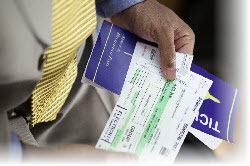 There’s no particular style or type of clothing that you should wear from a security point of view. You are permitted to wear head coverings and religious garments during the screening process.
There’s no particular style or type of clothing that you should wear from a security point of view. You are permitted to wear head coverings and religious garments during the screening process.
You may be directed to additional screening if your clothing (religious or otherwise) is loose fitting or large enough to hide prohibited items.
In addition, certain clothing and accessories can set off an alarm on the metal detector and slow you down.
Avoid wearing clothing, jewelry or other accessories that contain metal when traveling through the security checkpoints:
- Heavy jewelry
(including pins, necklaces, bracelets, rings, watches, earrings, body piercings, cuff links, lanyards or bolo ties)
- Clothing with metal buttons, snaps or studs
- Metal hair barrettes or other hair decoration
- Belt buckles
- Under-wire bras
- Hidden items such as body piercings may result in your being directed to additional screening for a pat-down inspection.
( If selected for additional screening, you may ask to remove your body piercing in private as an alternative to the pat-down search.)
- Take metal items such as keys, loose change, mobile phones, pagers, and personal data assistants (PDAs) out of your pockets.
- Place heavy jewelry and other metal items in your carry-on baggage or in plastic bags if they are offered, until you clear security.
- Pack all your coats and jackets in your baggage when possible. All coats and jackets must go through the X-ray machine for inspection. These include, but are not limited to, trench coats, heavy winter coats, suit jackets, sport coats and blazers.
- If you choose to wear an outer coat or jacket to the checkpoint, you will need to either place it in your carry-on or put it in the bin that is provided for you.
- Individuals are permitted to wear disposable footwear during the screening process.
- The disposable footwear may be removed and placed into the individual’s accessible property prior to exiting the screening checkpoint.
- Gel-filled bras are permitted through security screening and aboard aircraft.
TSA Security Officers have to identify any metal that is detected at the checkpoint.
If you set off the alarm, you will undergo additional screening.
This includes a hand-wand and pat-down inspection.
You can remove metal items at the security checkpoint and place them in the plastic bags offered at several airports or in the bins provided.
The bins will be sent through the X-ray machine.
You can save time by not wearing metal items or by placing them in your carry-on baggage before getting in line.
What You Need
We encourage each adult traveler to keep his/her airline boarding pass and government-issued photo ID available until exiting the security checkpoint (children are not required to show identification).
The absence of proper identification will result in additional screening.
There are four ways to obtain a boarding pass:
- Go to your airline’s ticket counter at the airport
- Use curbside check-in
- Use your airline’s self-service ticket kiosk in the airport lobby
- Print the boarding pass from your airline’s website
If you aren’t traveling and need to go through the security checkpoint to accompany someone such as a child or other traveler with medical conditions who is traveling, check with the airline for required documentation.
Do I Have To Remove My Shoes?
 Yes, you are required to remove your shoes before you enter the walk-through metal detector. This includes all types of footwear, including sandals.
Yes, you are required to remove your shoes before you enter the walk-through metal detector. This includes all types of footwear, including sandals.
Officers need to screen all shoes to ensure that they haven’t been tampered with.
Please remove your shoes before entering the metal detector and put them directly on the belt to go through the X-ray machine instead of in a bin with your other items.
It’s safe, easy, and gives us a better look at your shoes so we won’t need to rescreen them.
If you have a disability, medical conditions or a prosthetic device that prevents you from removing your shoes, please notify the security officer.
You will be given additional screening that includes a visual and physical inspection as well as explosives trace detection sampling of the footwear while it remains on your feet.
Why do we screen shoes?
TSA instituted mandatory shoe screening as an additional security measure when the threat level for the aviation sector went to Orange, or high on August 10, 2006. Screening shoes by X-ray is an effective method of identifying any type of anomalies, including explosives. Screening shoes increases security at the checkpoint.
Keep Your Experience Simple
Take metal items such as keys, loose change, mobile phones, pagers and personal digital assistants (PDAs) out of your pockets. Put these in your carry-on, or in a plastic bag. This keeps lines moving and your experience more pleasant.
Try to avoid wearing anything with metal, clothing, jewelry or other accessories that contain metal such as, heavy jewelry, clothing with metal buttons or snaps, belt buckles or under-wire bras.
Pack your coats and jackets in your baggage when possible. All coats and jackets that you are carrying must go through the X-ray machine for inspection. If you choose to wear an outer coat or jacket to the checkpoint, you will need to either pack it in your carry-on baggage or put it in one of the bins we provide.
You may be additionally screened because of hidden items such as body piercings, which alarmed the metal detector.
If you are selected for additional screening, you may ask to remove your body piercing in private as an alternative to a pat-down search.
Travel Tips To Make Your Airport Security Screening Experience Hassle-Free
The secret to getting through security smoothly is to de-clutter your carry-on bag. This lets our Transportation Security Officers get a clear, uncomplicated X-ray image of your carry-on.
When possible, keep packing liquids in checked baggage. You will get through security faster.
Limit quantities to what is needed for the duration of the flight.
Items purchased in the secure boarding area are for use on the immediate flight. If you must leave the secure boarding area and re-enter through the screening checkpoint, items exceeding 3 ounces that are not in the zip-top bag will again be prohibited.
The ban on liquids, aerosols and gels was implemented on August 10 after a terrorist plot was foiled. Since then, experts from around the government, including the FBI and our national labs have analyzed the information we now have and have conducted extensive explosives testing to get a better understanding of this specific threat.
These changes are intended to enhance security and balance human needs because we have a better understanding of the threat and security risks associated with liquids, aerosols and gels.
In addition, TSA will be enhancing security measures throughout the airport environment – more random screening of employees, additional canine patrols, stronger air cargo security measures, more rigorous identity verification, deploying more trained security officers in bomb appraisal, and screening by observation techniques.
Know What To Expect
Make your screening experience as smooth as possible.



